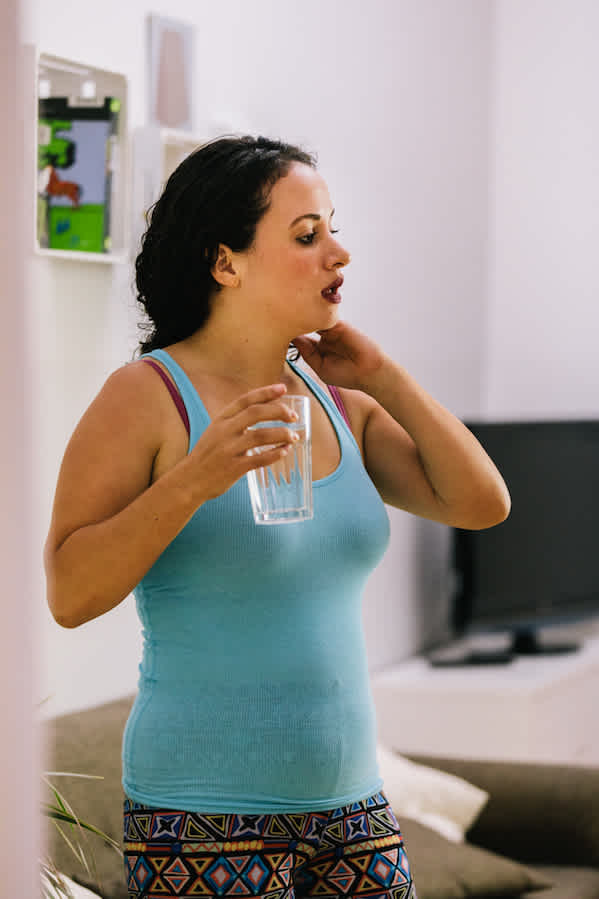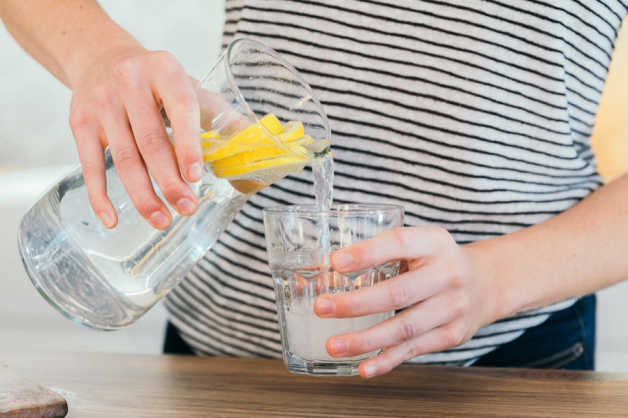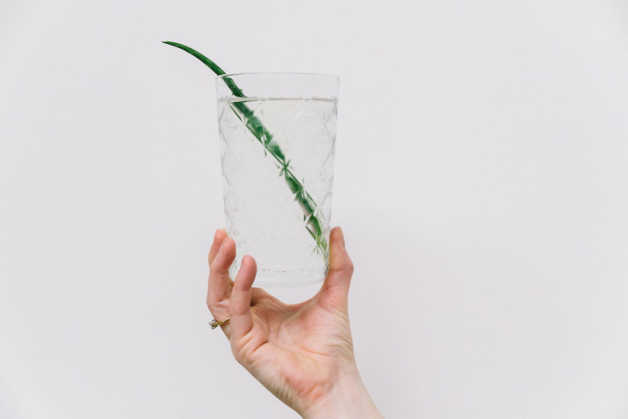Steroids4u.eu is online steroid shop designed for users anabolic steroids. All informations about using, side effects or cycles find on our website steroids4u.eu. Shop is powered by team Steroids4U.eu!
štvrtok 30. júla 2020
In the beginning, the muscles grow faster and easier. What is neural adaptability? | Steroids4U.eu
utorok 28. júla 2020
Lies, pofider fitness or sales in the fitness industry. Government ignorance, ignorance or stupidity? | Steroids4U.eu
Lies, pofider fitness or sales in the fitness industry. Government ignorance, ignorance or stupidity?

Tailor-made menus
Heavy money due to lies - marketing, fitness, fitness, biohackers, erotic industry, power


Easy dissemination of misleading information due to waterlessness
nedeľa 26. júla 2020
Does ice water limit long-term gains in muscle mass and strength after training? | Steroids4U.eu
Does ice water limit long-term gains in muscle mass and strength after training?

štvrtok 23. júla 2020
What effect does a few hours of sitting have on our back and overall health? | Steroids4U.eu
What effect does a few hours of sitting have on our back and overall health?

What is the problem with sitting?

I'll buy a great chair and it will be fine
So is it enough if I go to work a few times to scan something or go to the toilet?

What are some of the most common, common, but literally catastrophic things?
utorok 21. júla 2020
8 effective tips for dealing with hunger | Steroids4U.eu
8 effective tips for dealing with hunger

1. Eat more protein
2. Eat fruit

3. Consume more fiber
4. Add fats to your diet
5. Do Workout!

6. Think about Intermittent Fasting
7. Be more flexible in your diet
8. Pay attention to the drinking regime!
Bonus: Give up and stay fat
nedeľa 19. júla 2020
Not yogurt like yogurt, or dairy products are great, but you need to be careful | Steroids4U.eu
Not yogurt like yogurt, or dairy products are great, but you need to be careful
It starts with milk

Yoghurts
How is yogurt made?

So, and we have white yogurt! But what about fruit?
Fruit yogurt is not like fruit yogurt.
What about those low-fat yogurts?

Yoghurts from Greece, or Greek yoghurts. Or not?
Skyry, (Greek) yogurts from Iceland. Confused yet?
Cottage cheese

So what's best for me?
štvrtok 16. júla 2020
Ice Shower: A Hit for Motivated Bloggers or a Tool for Better Physical and Mental Health? | Steroids4U.eu
Ice Shower: A Hit for Motivated Bloggers or a Tool for Better Physical and Mental Health?
BENEFITS +
# 1 Reduce muscle and improve regeneration

# 2 Armored immune system, but…
# 3 Exiting the comfort zone
# 4 You burn calories, but…
# 5 Better mood
DISADVANTAGES -
# 1 Yes. It. Ice.
# 2 Potential reduction in muscle growth if…

# 3 It can lift your appetite
utorok 14. júla 2020
Am I dehydrated? | Steroids4U.eu
Am I dehydrated?
Am I dehydrated?' is not something we tend to think about unless dehydration is already causing obvious symptoms such as a raging thirst and bright orange urine. At this stage, dehydration can already be creating lasting problems to your health and fitness levels. But what are the ramifications of dehydration?
Dehydration definition - what is dehydration?
At its simplest, the definition of dehydration is the harmful reduction in the amount of water in the body. Many things can cause this depletion in fluid levels. Some of these are dramatic such as excessive vomiting or diarrhea due to illness or through excessive exposure to heat, especially if you are unaccustomed to it. For most people, however, dehydration can be more subtle. It can creep up on you without you being aware. This might be through strenuous or prolonged exercise sessions, the use of specific medication such as diuretics, by simply not responding to changes in temperature as the seasons come and go or within our living and working environments.
Dehydration also has potential effects on our body. These can range from excessive weight loss in extreme cases of dehydration to prolonged issues with your urinary system and possible kidney failure. For most of us, however, some common signs and symptoms act as early warning signs.
Tell tale signs of dehydration
Thirst: This is one of the most obvious signs that your body needs more water. It is a fact that by the time you feel thirsty, you are already suffering from dehydration.
Urine: Take a look at your urine when asking, 'Am I dehydrated?' If it's dark yellow to orange in color and has a strong scent, this is a sign of mild to severe dehydration. The color of healthy urine should range from virtually clear to straw-like, and there should be no significant odor. If you are passing less urine than usual, this is also a sign that your body needs more water. Going for ten hours or more without peeing is a sign that your body is in pressing need of water.
Mouth: Saliva is almost 99 percent water, so it's no surprise that dehydration causes a dry or sticky mouth and tongue often accompanied by stale smelling breath. Saliva plays a vital role in preventing a build-up of potentially dangerous and undoubtedly smelly bacteria in the mouth.
Skin: Your skin plays an essential role in monitoring and adjusting the fluid levels in our body, and suffers when dehydration kicks in. When you' re dehydrated your skin may become rough, flaky, red, clammy or even lose its suppleness. When lips are dry, you will find yourself continually licking them, which causes them to become cracked and sore.
Bowels: Healthty fluid intake is essential for regular bowel movements, as water helps digest food as well as move it along the digestive tract. When dehydrated, your poop may become small and dry while fewer or more painful bowel movements signal painful constipation.
Blood pressure: 55 percent of blood is liquid, so it responds quickly to a lack of fluid. Blood volume lowers, which in turn lowers blood pressure causing symptoms such as feeling lightheaded, dizzy, faint, and even nauseous. Low blood pressure can also trigger headaches, which are often one of the first sign of dehydration, as well as causing a rapid and pounding heartbeat and breathlessness.
Mental alertness: The brain is another organ that relies heavily on water. When it's dehydrated, alertness, concentration, reaction times, and memory can quickly become impaired. Did you know that driving while dehydrated can impact on your driving skills?
Fatigue: Dehydration can quickly lead to tiredness and muscle fatigue. If you always feel tired even though you're getting enough sleep and eating healthily, then drinking more water may help alleviate the tiredness. As muscle tissue contains approximately 75 percent of water, muscles become easily fatigued or may even cramp during your exercise sessions.
Mood: If you are feeling anxious, edgy, or tense for no apparent reason, it may well be that you're dehydrated. These symptoms, along with irritability, can be a severe indication that you need to rehydrate asap.
The importance of good hydration
Identifying whether you're dehydrated is quite easy -- simply scroll through the above checklist of the signs of dehydration. While opinion on the amount of water you should drink a day varies from source to source, it is recommended that for proper hydration you should be drinking up to 11 cups of water a day or around 1.5 liters. Maintaining adequate hydration, however, is not just about drinking lots of fluid. The type of fluid you drink is significant, as some liquids are better at maintaining healthy hydration in contrast to others.
Your daily fluid requirement can be ingested in different ways, it doesn't have to come solely from plain water. It's best, however, to avoid sweet beverages such as fizzy drinks and sodas, fresh fruit juices which are laden with natural sugars and caffeine-based drinks such as black tea or coffee. Even sodas labeled as zero-calorie and supposedly healthy energy drinks are still feeding into your sugar cravings and encouraging unhealthy eating and drinking habits. In fact, caffeine-based or soda drinks can draw water from the body, increasing dehydration. So what can you do to ensure you well hydrated? Take sugary beverages off your shopping list!
Easy ways to put the fun into drinking water
Start the day right: Make topping up your fluid levels the first task of the day and you will reap the benefits in hydration and energy levels whatever your schedule. Try a glass of warm water flavored with the fresh juice of half a lemon. Not only does it taste good, but it also has a useful detox effect as well.
Drink ahead of a workout: Make any exercise session easier by drinking half a liter of water or flavored water before you begin. Then remember to keep topped up with water as you workout.
Herbal teas: Experiment with different herbal teas to find ones you like. Many also have various benefits such as detoxing (lemon and ginger), de-stressing (peppermint) and helping you to get a restful night's sleep (chamomile or lavender).
Spice up your water: Take a peek into your spice cupboard or fridge for easy ways to level-up your fluid intake. Add shots of ginger or cayenne pepper to your water bottle and shake well. Alternatively, chop up fresh fruit (lime, strawberry), veggies (cucumber), and herbs (basil, mint) to add flavor. Be creative, mix and match until you find combinations that make drinking water a breeze.
Tips for tracking your water intake
It is easy to start off with good intentions about upping your water intake and staving off the signs of dehydration. I can be hard to maintain the good work. But, there is help at hand:
Create routines: Get into the habit of drinking a glass of water after every visit to the bathroom or every time you step into the kitchen.
Make good use of apps: Use your smartwatch, or smartphone to set alarms and alerts that remind you when it's time to have a drink. Set a daily intake target and see how many days in a row you can meet or exceed it.
Keep your favorite drink in sight: Whether it is plain or flavored water, if a drink is sitting in a jug on your coffee table, desk, or work surface, you are more likely to pour yourself a glass. Treat yourself to a pretty glass to sip from for added incentive.
Get the refill habit: As soon as your glass or water bottle is empty, fill it up ready to drink again. This is a surprisingly easy motivator.
Use eco-friendly straws: Did you know that we drink faster through a straw (maybe the reason bars and cafes love them so much)? Invest in some reusable bamboo straws or a packet of recycled paper ones and watch the water level in your glass go down.
Go one-to-one with alcohol: If you enjoy an evening drink or a night out with your friends, counteract the dehydrating effects of your favorite tipple by alternating it with a refreshing and rehydrating glass of still or fizzy water.







